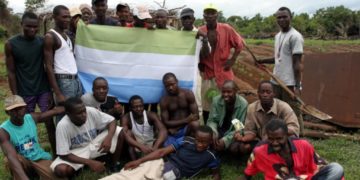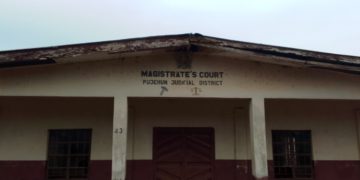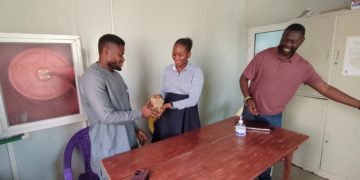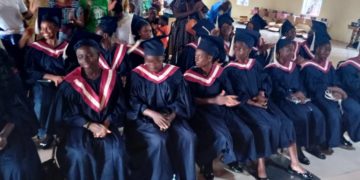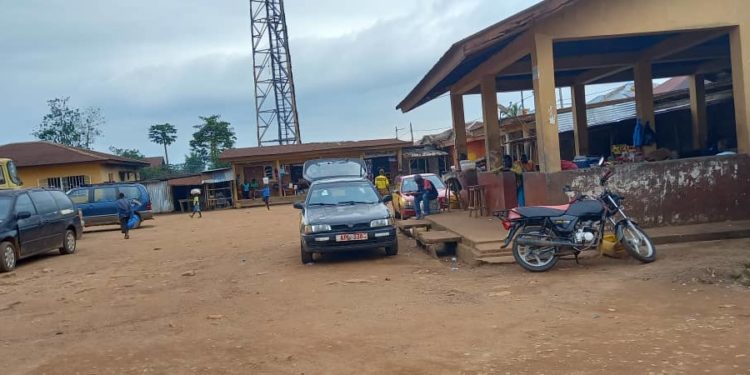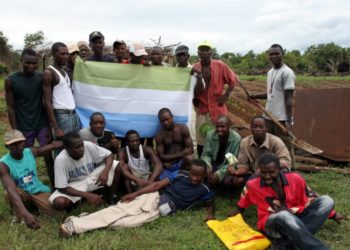By Brima Sannoh
At the border towns of southern Sierra Leone, the fight against human trafficking feels like a race against time and diminishing resources. In Pujehun District, where more than 30 unofficial crossing points connect Sierra Leone to neighbouring Liberia, smugglers and traffickers move swiftly through unmanned borders, often beyond the reach of law enforcement or immigration officers. And as resources dwindle, so too does the country’s ability to protect its most vulnerable.
“We haven’t received a single Leone in 2025 for anti-trafficking activities,” says Sallu Fullah, Media Officer at the Ministry of Social Welfare in Pujehun.
“We did a lot of work in previous years, training local chiefs, engaging border communities, but now everything has slowed. Without funding, we’re watching progress unravel.”
According to the 2023 U.S. Department of State Trafficking in Persons (TIP) Report, Sierra Leone does not fully meet the minimum standards for eliminating trafficking, but is making significant efforts, notably with the passage of the Anti-Human Trafficking and Migrant Smuggling Act of 2022. The law increased penalties for trafficking offences and eliminated fines in place of jail terms for convicted traffickers. It marked a legislative step forward, one welcomed by rights advocates.
Despite these reforms, only 13 trafficking cases were prosecuted in 2023, down from 43 investigations the previous year. The number of identified victims also dropped, and services for survivors remain dangerously inadequate across the country. “It’s one thing to pass laws. It’s another to make them work for real people,” says a civil society worker in Bo, who asked to remain anonymous due to security concerns. “We’re seeing victims fall through the cracks because the system lacks the personnel, infrastructure, and political will to back them up.”
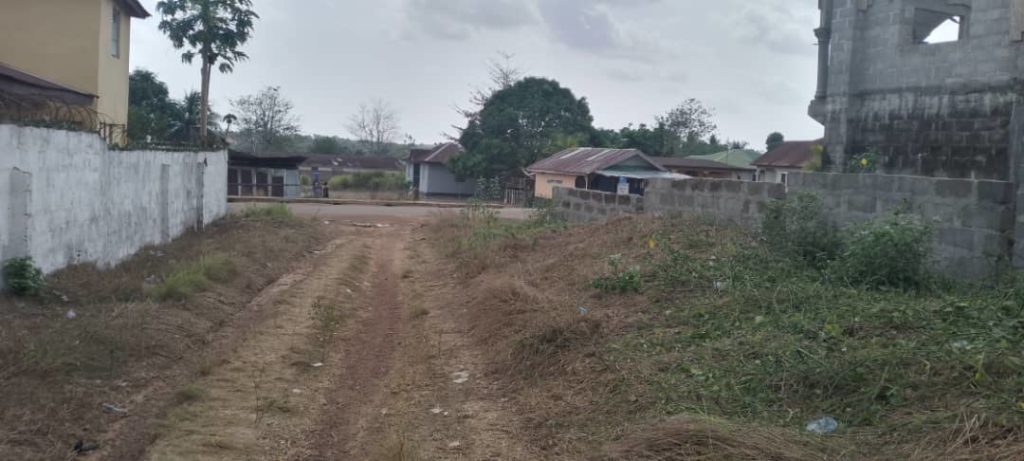
Pujehun sits on the fault line of opportunity and risk. Its remote border villages, poorly patrolled, underdeveloped, and largely forgotten, have become corridors of vulnerability. Traffickers use these routes to ferry women and children into neighbouring countries, sometimes under the guise of work or education, but often for exploitation in sex work, forced labour, and domestic servitude. “Our border communities are our weakest link,” Fullah says. “And without consistent government support, traffickers are the ones winning.”
Sierra Leone’s recent history makes the fight against trafficking even more urgent. The 2004 Truth and Reconciliation Commission (TRC) identified trafficking, particularly of children, as one of the most severe human rights violations of the civil war era. Today, that legacy continues, though in quieter, more insidious forms. Victims are still being recruited from rural provinces and moved into urban areas for labour, or trafficked across borders for exploitation. Some are sent abroad, falling victim to syndicates that exploit porous security and economic desperation.
Advocates say sustained funding, community involvement, and cross-border cooperation are critical. Local governments and civil society groups have demonstrated that community-led interventions, like those previously held in Pujehun’s border towns, can reduce trafficking.
“We saw the numbers drop when we engaged local leaders,” Fullah reflects. “But now, it’s like we’re back at square one.” The Anti-Human Trafficking Act of 2022 laid the groundwork for justice, but justice cannot be realised on paper alone. Without the resources to implement it, the law risks becoming another well-written promise that fails to protect the people who need it most.
This report was produced with support from the Africa Transitional Justice Legacy Fund (ATJLF), through the Media Reform Coordinating Group (MRCG), under the project ‘Engaging the Media and Communities to Change the Narrative on Transitional Justice Issues in Sierra Leone’.”

